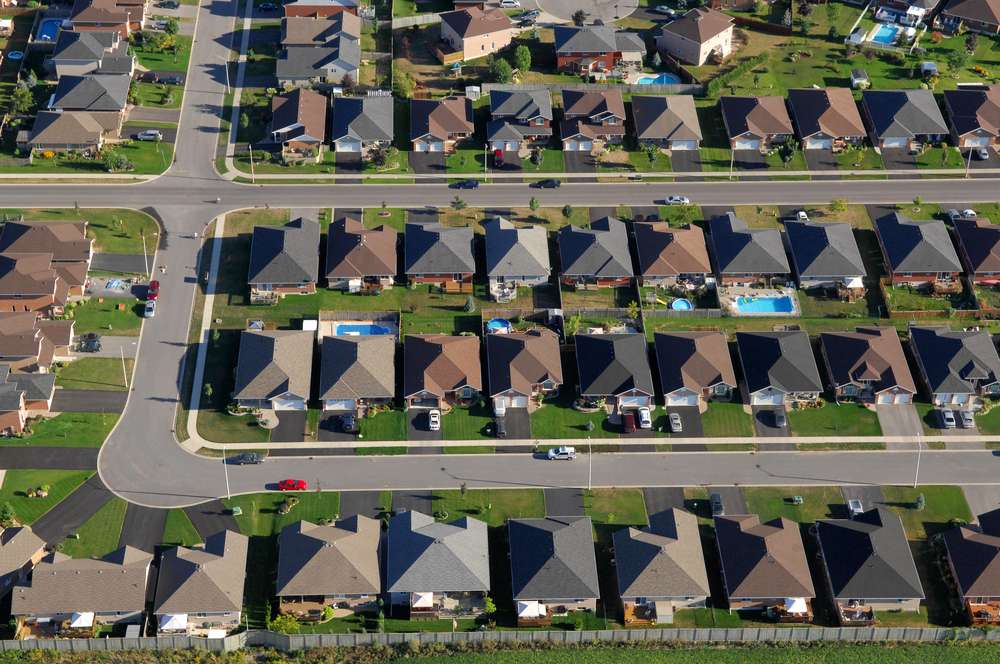Measuring social cohesion after crises: global indicators and local responses
Assessing social cohesion after crises requires blending standardized global indicators with grounded local perspectives. Quantitative measures—trust surveys, migration flows, inequality indices—provide a baseline, while community feedback from caregivers, youth groups, and local service providers reveals lived experiences that shape recovery and inclusion.

Measuring social cohesion in the aftermath of crises calls for methods that recognize both broad trends and everyday realities. Global indicators such as trust in institutions, rates of civic participation, and migration statistics offer comparability across contexts, but they do not replace qualitative insight into how people experience caregiving burdens, loneliness, or exclusion. Effective assessment combines administrative data, household surveys, and local consultations so that policymaking and social services respond to disparities in digital access, gendered impacts, and intergenerational needs.
How does migration affect cohesion?
Migration alters community composition and can strain or strengthen cohesion depending on local responses. Quantitative indicators include migration flows, rates of residential mixing, employment access for newcomers, and school enrollment. Qualitative measures—perceptions of belonging, experiences of discrimination, and engagement in civic life—reveal whether inclusion efforts are working. Local interventions such as language support, cultural orientation programs, and inclusive public spaces help integrate migrants and reduce tensions. Measuring both objective outcomes and subjective belonging provides a fuller view of social cohesion where migration is significant.
How is resilience assessed after crises?
Resilience is visible in recovery speed and adaptive capacity: how quickly services are restored, whether households regain livelihoods, and how community networks absorb shocks. Metrics include time to restore social services, continuity of education for youth, mental health referrals, and employment recovery rates. Informal supports—neighborhood networks, faith-based groups, volunteer caregiving—play a key role in reducing loneliness and meeting immediate needs. Combining administrative recovery data with community surveys shows which interventions strengthen long-term resilience and cohesion.
What indicators reveal inequality and inclusion?
Inequality undermines cohesion when access to resources and decision-making is uneven. Common indicators are income distribution, health and digital access disparities, differentiated unemployment by gender or age, and spatial gaps in social services. Inclusion can be tracked via civic participation rates, representation in local governance, and reported discrimination. Disaggregating data by gender, age, migration status, and neighborhood uncovers hidden gaps; participatory methods like focus groups identify barriers that numbers alone may miss and inform targeted policymaking.
How do urbanization and aging shape local responses?
Rapid urbanization concentrates diverse populations and pressures housing, transport, and social services. Indicators such as housing affordability, service density, and availability of public spaces signal the capacity for everyday interaction. Aging populations increase demand for caregiving and risk of social isolation; relevant metrics include caregiver availability, home-care coverage, and older adults’ social participation. Local planning that integrates accessible design, affordable housing policies, and community-based care networks supports inclusion and intergenerational cohesion.
How do caregiving, loneliness, and youth issues appear?
Caregiving responsibilities—both paid and unpaid—affect economic opportunity and social bonds, often disproportionately impacting women. Measures include caregiver burden surveys, availability of childcare and eldercare services, and rates of social isolation. For youth, disruptions to education and employment after crises drive disengagement and mental health strain. Tracking school attendance, youth civic engagement, and loneliness indicators among adolescents helps tailor local programs that expand supports, create employment pathways, and strengthen peer networks to rebuild cohesive community ties.
What role do digital access, gender, and policymaking play?
Digital access is a cross-cutting factor in cohesion: it facilitates information sharing, access to services, and social connection, yet unequal access can deepen exclusion. Indicators include broadband coverage, device ownership, and digital literacy. Gendered impacts appear in differential labor participation, caregiving expectations, and exposure to exclusionary practices; gender-disaggregated data are essential. Inclusive policymaking that allocates resources to social services, invests in digital access, and engages affected groups in decision-making improves the odds of sustained cohesion and resilience.
Conclusion
A comprehensive approach to measuring social cohesion after crises pairs global indicators with local, community-based insights. Quantitative measures—migration statistics, inequality indices, service coverage—establish patterns, while qualitative evidence from caregivers, youth, and marginalized groups clarifies lived experiences. Aligning policymaking, urban planning, and social services with disaggregated data on gender, age, and digital access helps communities recover with stronger inclusion and resilience.




